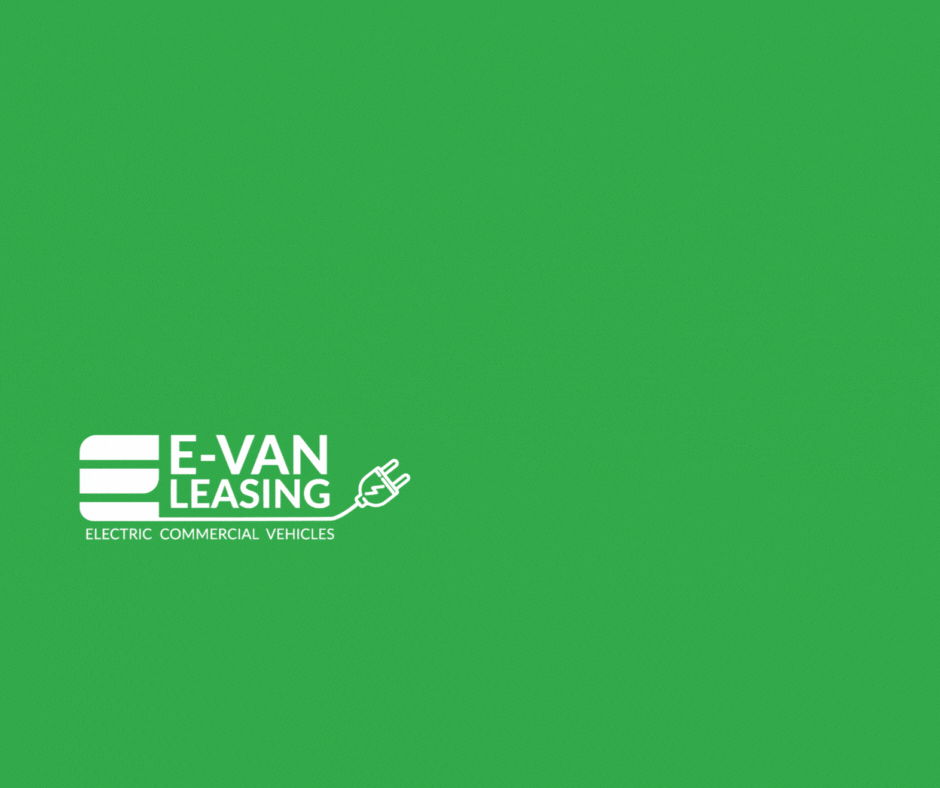
The crash repair industry needs to work more collaboratively to prevent longer key-to-key times as bodyshops get to grips with advanced driver assisted systems (ADAS) technology, according to ACIS, the UK’s leading distributor to the sector.
Bodyshops must work closely with the insurers, the accident management companies and the vehicle manufacturers to ensure a seamless process of work for the end-users who are already facing waits in excess of the industry average of 17 days, according to Damon Curtis, the new head of business development at ACIS.
Conservative estimates predict that by 2020, semi-autonomous cars will be on the UK roads, following a series of successful driverless trials and by 2030, fully driverless vehicles will be an everyday reality.
The technology is complex, with cameras controlling everything from braking, cruise control, lane departure and correction, collision avoidance, auto-parking and proximity monitors, to mention just a few current standard fitments.
The complexity means the repair requires specialisation and understanding that damaged bumpers and windscreens fitted with camera technology cannot simply be filled or repaired without re-calibrating the vehicle’s on board computers to ensure they read the road and ride correctly, post repair.
Curtis, who has almost 40 years’ experience in the sector, said: “We work with all component organisations in the repair supply chain, from the insurer through the vehicle manufacturer to the bodyshop carrying out the repair, to affect greater efficiencies and reduced key-to-key times. However, evolving technology such as ADAS could see the good work which has been achieved going backwards unless there is greater collaboration.
“Repairers could end up putting ADAS jobs to the back of the queue unless there is a clearer understanding of the required repair spec and subsequent recalibration process from the VMs and, within this equation there needs to be a fundamental understanding of the insurer’s specific requirements and KPIs to affect the requisite and satisfactory repair of these new vehicles, as failure to do so could impact warranties.
“We understand all of these competing requirements which is why we have worked so hard to create efficiencies with the approved and independent bodyshop networks to drive not only volumes, but also reduced waste and improved productivity.”
Advances in technology mean the industry will travel from camera-enabled ‘driver-assisted’ to fully autonomous vehicles faster than bodyshops can evolve their re-calibration capability, especially as every vehicle manufacturer (VM) offers different system specifications based on their own original equipment (OE) components.
“The accident repair industry as a collective needs to be ahead of these changes if we are to provide a credible service,” said Curtis
Current re-calibration can be either static – done in a state-of-the-art bodyshop with a completely levelled floor and running a vehicle software specific to each VM, or dynamic, where the technicians drive the car with a hand-held calibration device so the camera views certain road features and conditions. Both approaches have their own restrictions and risks.
Currently, most bodyshops are shut out of this market by VM dealerships where the vehicles must be returned for re-calibration, post-crash.
But many insurance companies with their own network or repair bodyshops recognise this approach poses additional cost and time to the repair.
There is currently one UK provider using a reverse-engineered ADAS re-calibration technology which relies on large capital outlay from the bodyshop, although upgrades on the software come at additional cost. In addition, there are questions over how much of the vehicle parc it can cover.
The other solution being trialled is a VM-approved software through a third party supplier with a re-calibration cost of between £125 and £175, depending upon the vehicle, with a full audit trail, compared to more than £300 if a bodyshop sent the vehicle back to the dealership.
Graham O’Neill, CEO of ACIS, said: “We do need to work better together to understand the road ahead and the potholes facing the industry. Bodyshops are part of the crash repair food chain and therefore well-placed to take advantage of the ADAS revolution safely and transparently. They have to agree their strategy and move into this potentially lucrative market that not only saves key to key time, but also, potentially lives.”
For more information about ACIS, please visit www.acis.org.uk or call 01926 844 840


















